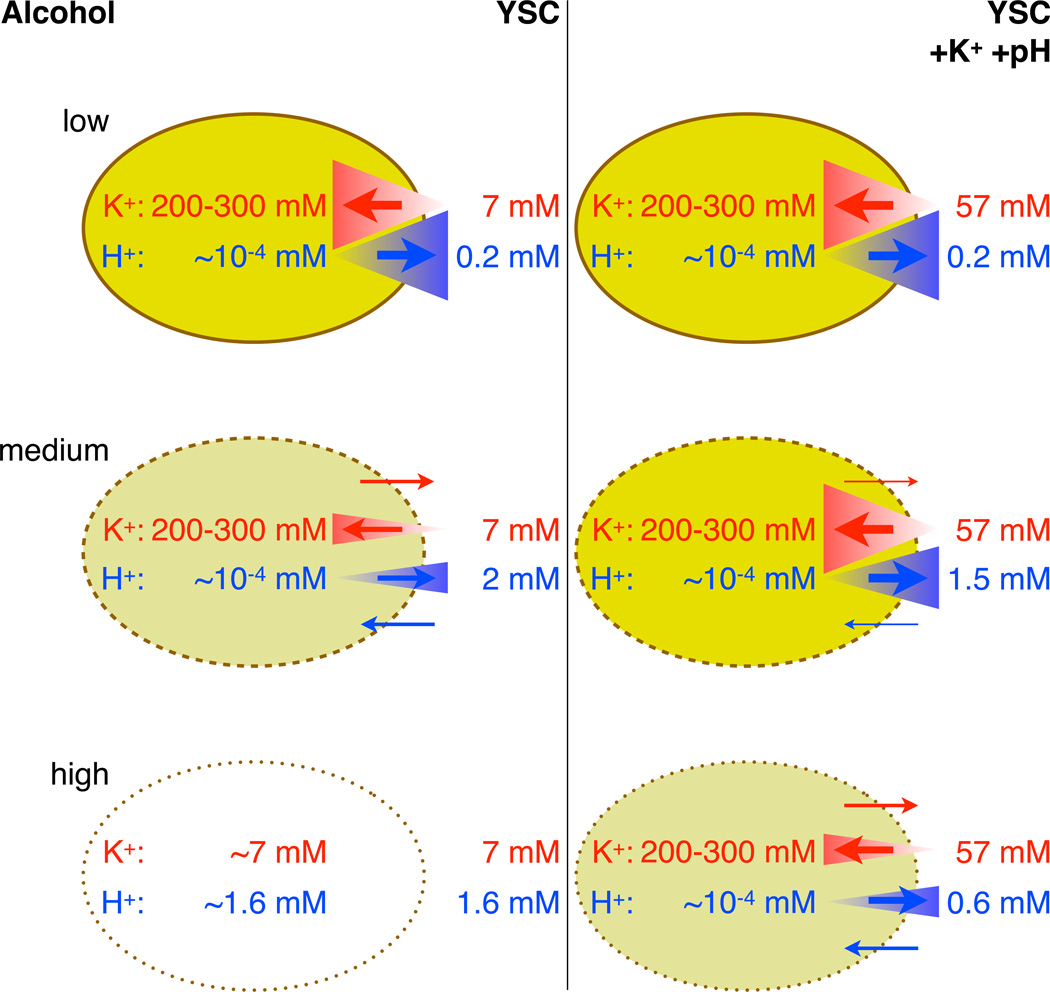Fig. 4. Potential biophysical mechanism depicting how elevated potassium and pH counteract rising alcohol toxicity.
In the absence of stress (top row), the opposing potassium (K+) and proton (H+) pumps maximally maintain steep gradients of K+ and H+ across the plasma membrane. Rising alcohol levels perturb these gradients by permeabilizing the membrane and increasing ion leakage (middle left). Elevated potassium and pH, however, bolster the gradients by slowing rates of ion leakage (due to reduced concentration differences) and allowing transporters to pump against a less precipitous differential (middle right). Therefore, the threshold alcohol concentration that collapses these gradients is raised, allowing cells to maintain viability at higher toxicity levels (bottom row). Red corresponds to K+, blue to H+, size of triangles to concentration gradient steepness, and thickness of arrows to magnitude of ion flux.

